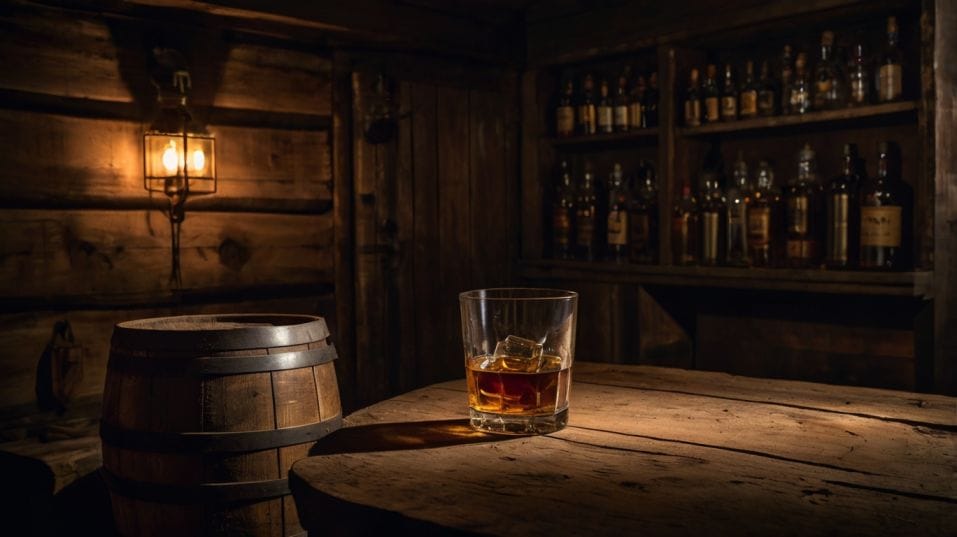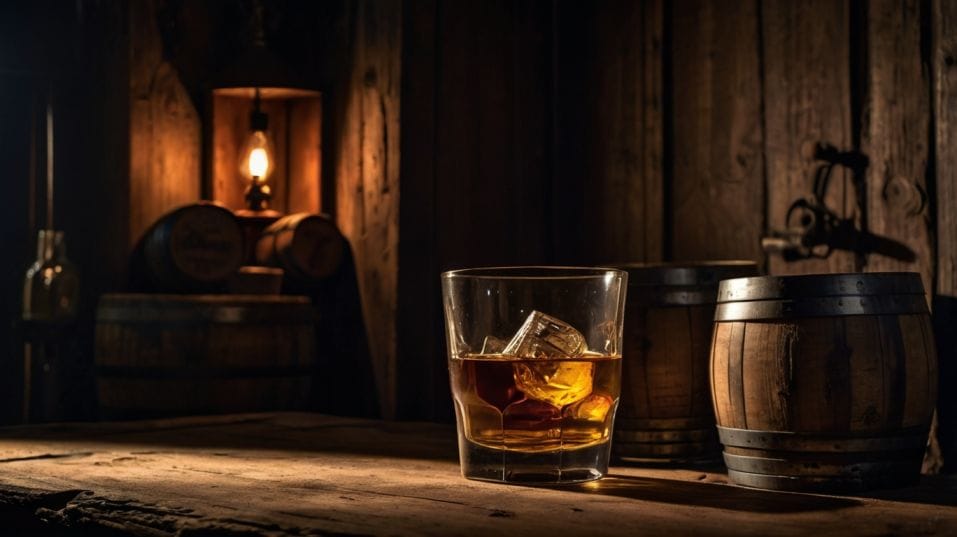How Whiskey Became a Symbol of Rebellion
Explore how whiskey became a rebellious spirit—learn its bold history, taste with intent, and start collecting with purpose and confidence.

What if your next pour wasn’t just about taste—but about defiance? Whiskey’s roots aren’t refined or elite. They’re raw, stubborn, and born of resistance.
If you’re new to whiskey, know this: you’re stepping into a tradition that didn’t ask for permission. From outlaw stills to underground bars, whiskey has always been a rebel. Sip with that in mind—and you’ll never drink the same way again.
Born in Resistance: The Origins of Whiskey's Rebel Soul
Whiskey’s earliest days were anything but polished. The first distillers in medieval Ireland and Scotland weren’t artisanal craftsmen.
They were monks, farmers, and outlaws distilling whatever grain they had—oats, barley, rye—not to entertain the elite, but to survive cold winters and preserve excess harvests.
These were off-the-grid spirits made in clay stills or crude copper kettles, passed hand to hand in tight-knit communities. No marketing. No hype. Just the raw, burning spirit of necessity.
When governments caught wind of this untaxed enterprise, they did what governments do: regulate it. Tax it. Attempt to own it.
What followed was centuries of cat-and-mouse. Illicit stills in the hills. Hidden barrels. Fake names. Whiskey became more than a drink—it became an act of resistance.
This wasn’t just a Scottish or Irish phenomenon. In early America, settlers took the same model west. Corn replaced barley, and moonshiners ran stills deep into the Appalachian backwoods.
When Alexander Hamilton imposed a whiskey tax in 1791, rural distillers weren’t having it. The Whiskey Rebellion broke out. Protesters torched tax offices and ambushed agents. Washington had to send in troops. All over a drink.
What that tells you: whiskey was never neutral. It wasn’t background noise at dinner parties. It was a middle finger to the state. A liquid declaration of independence. Every time you sip it, you’re holding a product of resistance.

Prohibition, Bootleggers, and the Preservation of Craft
Fast-forward to the 1920s. Prohibition hits, and once again whiskey is forced underground. Legal distilleries shutter. But whiskey doesn’t disappear—it evolves.
Organized crime fills the vacuum. Bootleggers smuggle bottles in hollow car doors. Moonshiners ramp up production in the woods, cutting corners, sometimes dangerously, but never backing down.
Speakeasies bloom in basements and behind barber shops. Here’s where whiskey changes again—its reputation, its ritual. It becomes something secret.
Exclusive. Romantic, even. The rebellion isn’t just against taxes now—it’s against cultural control. Against forced sobriety. Against the erasure of flavor.
During this era, craft survives through passion and persistence. Family distilleries quietly maintain old techniques. Recipes are whispered across generations.
And when Prohibition ends, those survivors don’t just restart the whiskey trade—they shape what whiskey becomes next.
So while some spirits are engineered in pristine labs, whiskey’s DNA is rougher, older, more human. It’s trial and error. It’s fire and risk. That’s why it tastes different. That’s why it feels different.
Freedom in Flavor: Why Whiskey Doesn’t Follow the Script
Unlike vodka or gin, whiskey refuses to be sterile. It’s unpredictable. Even within the same distillery, no two barrels taste exactly alike.
Why? Because whiskey doesn’t hide behind flavoring or filtration. It lets the raw materials speak—grain, yeast, wood, time.
Take a single barrel bourbon. The flavors you're tasting—burnt sugar, spice, smoke, peanut, oak tannin—that’s not engineered in a lab.
It’s born from the size of the cask, the temperature swings, how long it sat in the warehouse, and what kind of char the barrel had. Real variables. Real risk.
Even among traditional producers, there’s a constant undercurrent of experimentation. Some push aging limits.
Others tweak mash bills or ferment with wild yeast. There’s no universal formula—only flavor choices that reflect the distiller’s mindset.
Learn to Taste with Intent
To drink whiskey well, you need to taste with more than your mouth. You need to understand the why behind the flavor. Why is this dram sweeter?
What makes this one earthy or mineral? Why does this rye hit you with clove and black pepper while that one leans floral and citrusy?
Because flavor isn't an accident. It's a decision. And every decision reflects rebellion—or obedience. Which side do you want to drink from?
The Smart Way to Build Your Collection
Start here: forget hype. Forget whatever’s trending. Collecting whiskey isn’t about chasing Instagram trophies or limited releases with fake scarcity.
It’s about training your palate and building a set of bottles that push your understanding of technique, place, and character.
You don’t need a wall of unopened bottles to be legit. You need open ones. Ones you revisit. Ones you dissect. Ones that surprise you every time.
Build with Purpose, Not Popularity
A smart collection teaches you something. Maybe it’s verticals—a few bourbons from the same distillery but aged differently.
Or maybe it’s contrast—an Islay single malt next to a Texas straight whiskey, tasting how peat and desert heat change the story. Or grain comparison: rye vs. wheat vs. corn vs. malted barley.
Don’t aim for “best.” Aim for “why.” Why does this bottle hit differently? What is it trying to do? How does the technique or climate shape the taste?
If you start collecting that way, everything changes. You stop being a shopper and become a curator.
Final Thoughts: Take the Next Step, Not the Safe One
Whiskey has always belonged to those who take risks—distillers who defy convention, and drinkers who pay attention. The good news?
You don’t need a pedigree or a perfect palate to be one of them. You just need curiosity, patience, and the nerve to trust your own taste.
So don’t wait for someone to tell you what’s good. Open something bold. Taste it slowly. Find the edge. Push it further.
Build your palate with intent. Build your collection with purpose. Build your own whiskey story—starting today. And never forget: you’re not just drinking a spirit. You’re drinking a legacy of rebellion.




